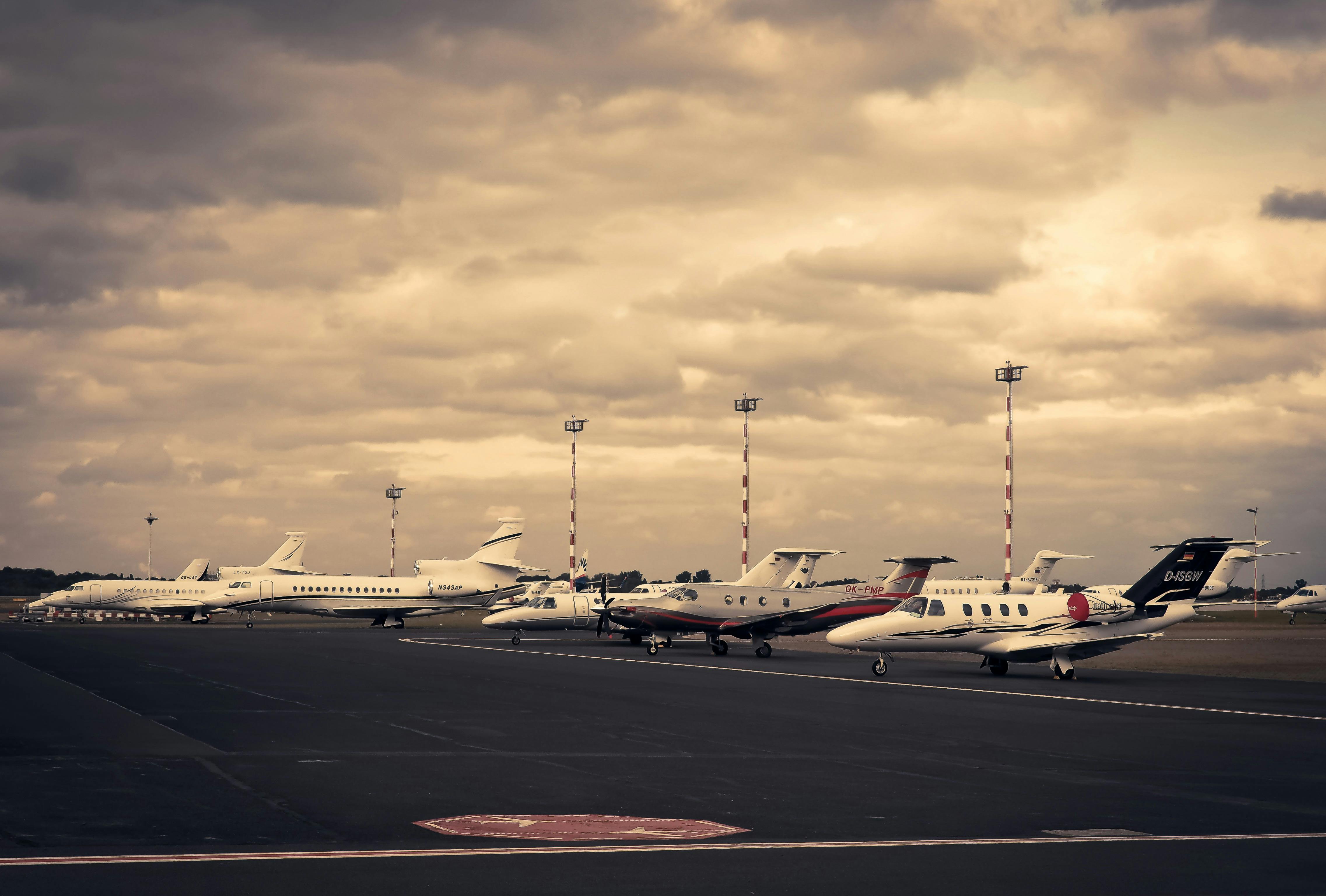Light vs. Midsize Private Jets: A Comprehensive Comparison
When it comes to private aviation, the choices are as diverse as the needs of the flyers. Among the vast array of aircraft options, light and midsize private jets are frequently compared due to their popularity among business and leisure travelers.

When it comes to private aviation, the choices are as diverse as the needs of the flyers. Among the vast array of aircraft options, light and midsize private jets are frequently compared due to their popularity among business and leisure travelers. This article dives deep into the differences and advantages of each, helping you make an informed decision for your next flight.
Understanding the Basics: What are Light and Midsize Jets?
Light Jets are the compact powerhouses of the sky. Perfectly suited for shorter flights, they prioritize efficiency and agility. Typically seating between 5 to 8 passengers, they're the ideal choice for quick business trips or weekend getaways.

On the other hand, Midsize Jets are the more spacious siblings. Designed for longer journeys and increased comfort, they can usually accommodate between 7 to 9 passengers. They offer a larger cabin, longer range, and additional amenities, making them perfect for transcontinental flights or extended trips.

Range and Performance: How Far Can They Go?
Light Jets usually boast a range of 1,500 to 2,500 miles. This allows for efficient travel across shorter distances without the need for refueling. Their compact size means faster takeoffs and the ability to access shorter runways that larger jets might struggle with.
In contrast, Midsize Jets have an impressive range between 2,500 to 3,500 miles, allowing for longer uninterrupted flights. Their enhanced performance ensures a smoother flight experience, even in turbulent conditions.
Comfort and Amenities: Traveling in Style
In a Light Jet, expect a cozy yet comfortable interior. They typically feature club seating, fold-out tables, and a small refreshment center. While they might not offer stand-up cabins, they ensure a comfortable flight experience for their size.
Midsize Jets, with their larger cabins, take luxury up a notch. Passengers can enjoy a stand-up cabin, a fully equipped galley, more lavatory space, and sometimes even a sleeping area. Entertainment systems, Wi-Fi connectivity, and more extensive baggage compartments are other added benefits.
Operational Costs: What’s the Price Tag?
Ownership and operational costs vary between the two classes. Light Jets are generally more economical to operate. Fuel consumption, maintenance, and hangar costs are typically lower. This makes them a popular choice among business travelers who prioritize cost-efficiency for shorter trips.
Midsize Jets, due to their larger size and extended range capabilities, naturally have higher operational costs. However, when considering the added amenities, increased range, and larger passenger capacity, many find the price difference justifiable, especially for longer journeys.
Safety Records: Peace of Mind in the Skies
Both light and midsize jets have commendable safety records. Advanced avionics, continuous upgrades, and rigorous maintenance checks ensure passenger safety. While both categories adhere to stringent safety protocols, it's always advisable to research specific jet models and their safety histories when choosing an aircraft.
Making the Choice: Which One Is Right for You?
Your choice between a light or midsize jet should primarily be driven by your specific needs:
- For short-haul flights, quick turnarounds, and cost-efficiency: Light Jets are your go-to.
- For longer journeys, added luxury, and a spacious cabin: Opt for a Midsize Jet.
Both light and midsize private jets offer unique advantages. While light jets are perfect for those looking for agility and efficiency, midsize jets cater to those seeking comfort over longer distances. Your choice ultimately boils down to your travel needs, budget, and personal preferences.
FAQs
How quickly can a Light Jet reach its maximum altitude?
Light Jets are designed for agility and can reach cruising altitudes faster than larger aircraft, often within minutes.
Do Midsize Jets offer in-flight catering?
Yes, many Midsize Jets come equipped with a galley, and in-flight catering can be arranged based on passenger preferences.
What's the average lifespan of these jets?
With regular maintenance and updates, both Light and Midsize Jets can operate efficiently for several decades.
Can I access remote airports with a Light Jet?
One of the advantages of Light Jets is their ability to land on shorter runways, making them ideal for accessing more remote airports.
How eco-friendly are Midsize Jets?
Many modern Midsize Jets are designed with fuel efficiency and reduced emissions in mind. Manufacturers continually work towards more sustainable aviation solutions.
Explore More on The Manifest
%2C_Luxembourg_PP1350972612.jpg)



OBBB Act Reinstates 100% Bonus Depreciation, Reenergizes Private Jet Market

Garmin Autoland: The Life-Saving Technology Revolutionizing Private Jet Operations
.png)
President Trump's Potential Acquisition of Qatar's $400 Million Boeing 747-8: A Glimpse into Aviation Luxury

Employee Spotlight: Pericles – A Passion for Flight, Family, and Integrity
.png)
.png)


.png)

Honoring Lives Lost: SOLJETS Sends Condolences and Calls for Aviation Safety After D.C. Air Tragedy

If Santa Flew a Gulfstream: The Aviation Reality of Delivering Christmas Gifts

The Current State of the Aviation Insurance Industry: Challenges and Opportunities

The Future of Flight Has Arrived: Meet the Next Generation of Cessna Citation Business Jets
.jpg)

We're Growing in Utah! Strengthening Our Leadership with Shawn Beckstrom as Director of Business Development








.webp)



Exploring the Embraer Praetor 600: Price, Features, and Market Comparison



.avif)






.webp)














.jpeg)


University of Utah Student Completes Soljets' First Summer Internship
.jpeg)
.jpeg)

.jpeg)
.jpeg)
.jpeg)
Twin & Turbine, April 2020 Feature - Increase Your Planes Value In Today's Market
.jpeg)

.jpeg)
Soljets Welcomes Seasoned Aviation Sales Professional Michael Parker To The Team


.jpeg)
.jpeg)

.jpeg)





Fairways, Festivals, and Flight Plans: The Ultimate Jet-Owner’s 2026 Event Calendar


